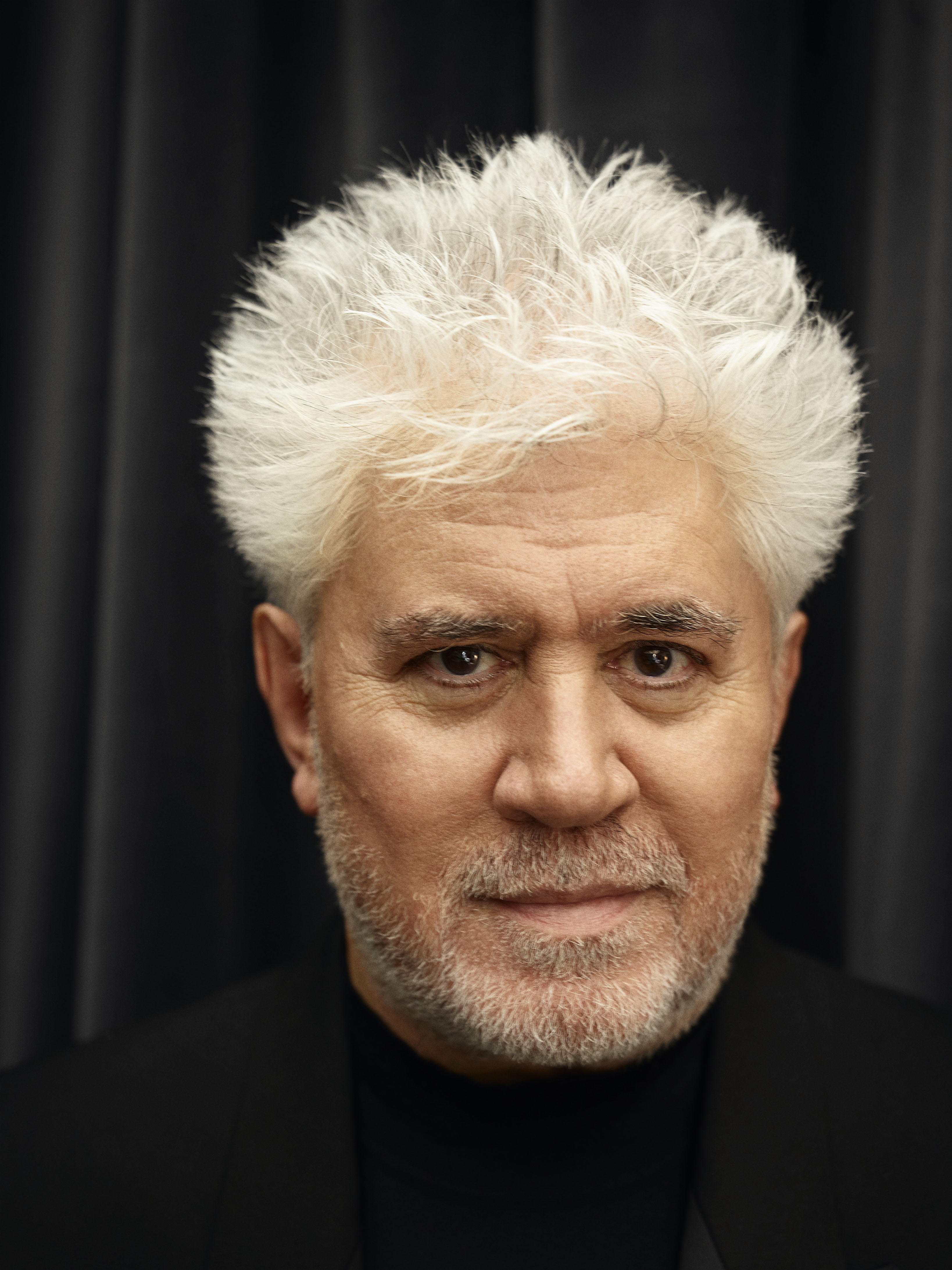Names: Name Structure
More than 85 percent of the population of Spain was born in the country, and 89 percent speaks the official language, Spanish, as a first language. The government recognizes four additional languages with co-official status, but the vast majority of names is in Spanish and follows the custom of one given name followed by two surnames.
Name Format / Sequence
Given Name | Father’s Paternal Surname | Mother’s Paternal Surname
Spanish people traditionally have a given name (which may have two parts) followed by two surnames: their father’s and then their mother’s.
Examples:
- Federico García Lorca, Spanish poet and playwright (male)
- José Ortega y Gasset, Spanish philosopher (male)
- Pedro Almodóvar Caballero, Spanish film director and screenwriter (male)
- Antoni Gaudí i Cornet, Spanish architect (male)
- Luis Buñuel Portolés, Spanish filmmaker (male)
- Penélope Cruz Sánchez, Spanish actress and model (female)
- Francisco Franco Bahamonde, Spanish general and dictator (male)
- Rafael Nadal Parera, professional tennis player from Spain (male)
Given Name
Parents in Spain choose their child’s given name. Middle names are not used, but two-part compound names (such as Juan Carlos or Ana Lucía) are common.
Most traditional Spanish names are taken from Catholic saints’ names. The name María (Mary), honoring the Virgin Mary, is particularly common. Some versions of this name include a suffix referring to one of the titles of the Virgin Mary, such as María de la Luz (Mary of the Light), María de los Dolores (Mary of the Sorrows). In everyday use, María de los Dolores would simply go by Dolores. María can also be used for males as the second part of a compound name, as in Jorge María. Likewise, a female compound name may contain José, in honor of Saint Joseph.
Examples:
- Alejandro (male)
- Daniel (male)
- Juan Carlos (male)
- Pablo (male)
- Carla (female)
- Consuelo (female)
- Lucía (female)
- María José (female)
Surnames
Spanish people have two surnames: their father’s paternal surname and their mother’s paternal surname. The father’s surname is traditionally placed first. Parents are legally permitted to place the mother’s surname first, but it is still uncommon to do so. Therefore, the child of Pablo García Díaz and Sophía Torres Romero would receive the surname García Torres. Occasionally the two names are combined by the word y (and), as in José Ortega y Gasset.
Most people drop the second surname in everyday use. For example, the filmmaker Pedro Almodóvar Caballero is known as Pedro Almodóvar. Many people choose to use both, and in some instances, when a well-known person’s first surname is very common, he or she is referred to by the second surname alone. For example, the politician José Luis Rodríguez Zapatero is known as José Luis Zapatero.
Examples:
- Alonso
- Fernández
- García
- López
- Muñoz
- Ramos
- Serrano
- Torres
Married / Maiden Name
Spanish women do not change their names when they marry.
Diminutives / Nicknames
Spanish names are commonly shortened to a nickname (apodo), which may look quite different from the original name (for example, Chimo is short for Joaquín).
Examples:
- Antonio: Toño (male)
- Concepción: Concha (female)
- Dolores: Lola, Loles (female)
- Enrique: Quique, Rico (male)
- Ignacio: Nacho (male)
- Josefa: Pepa (female)
In Spain, people often address family members and close friends with a diminutive form of their name as a way of expressing affection. These diminutives are usually formed by adding a suffix such as -ito or -cito (male) and -ita or -cita (female). Diminutives may be formed from a person’s apodo (e.g., Dolores might be called Lolita).
Examples:
- Carlos: Carlito (male)
- Francisco or Paco: Paquito (male)
- Guadalupe or Lupe: Lupita (female)
- Juana: Juanita (female)
- Javier: Javiercito (male)
- Raquel: Raquelita (female)
Forms of Address / Honorifics / Titles
In formal contexts, a person is addressed with the title Señor (Mr.), Señora (Mrs./Ms.), or Señorita (Miss) followed by the first surname or both surnames. The title Señorita is used for a young, unmarried woman, but when a woman’s marital status is unknown, she should be addressed as Señora. The titles Don (Sir) and Doña (Madam), used with a person’s given name (e.g., Don Carlos or Doña Isabel), may be used to convey respect when addressing elders, but this practice is becoming less common and may be perceived as overly formal. Don and Doña are often used with a person’s full name on official documents and contracts.
Article written for World Trade Press by Anne Healey.
Copyright © 1993—2024 World Trade Press. All rights reserved.

 Spain
Spain 
